Learn how to make a working pumping heart model with kids. This pumping heart model demonstrates how a real heart pumps blood in and out of its chambers!

The heart is a special muscle that sends blood around your body. How exactly does the heart pump blood?
My kids have been interested in the heart ever since we made the DIY stethoscope. This working pumping heart model was a great follow-up to the heartbeat activity!
Before each heartbeat, the heart fills with blood. Then its muscles contract and squeeze blood into the arteries, the blood vessels that carry blood away from the heart.
To understand how the blood beats, the pumping heart model will demonstrate the chambers and values of the heart. Ready for your child to squeal with delight as blood squirts out of the straw! I know, weird sentence, but science is fun!
How to Make a Pumping Heart Model
Materials:
- Mason jar or glass
- 1 small water balloon
- 1 large balloon
- Water
- Red food coloring
- 2 plastic straws
- Rubber bands or tape
- Scissors
- Tray
Instructions:
1. Fill the mason jar about ⅔ full with water.
2. Add red food coloring and mix.
3. Cut the neck off the balloon.
4. Stretch the body of the balloon over the opening of the jar. The balloon should be as tight as possible. Secure the balloon to the jar with a rubber band.
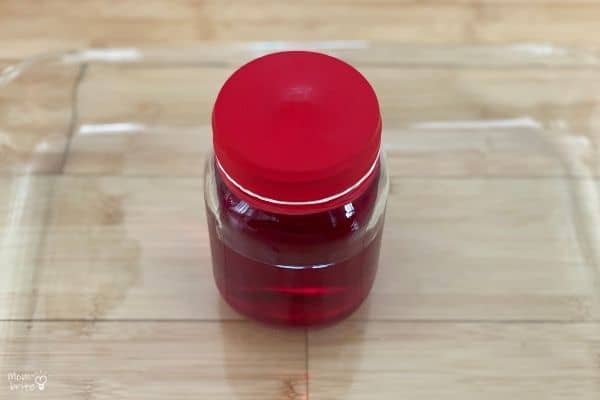
5. Cut two small holes in the balloon. They should be smaller than the straws so no air escapes from the holes when you push on the balloon.
6. Slide the small water balloon onto the end of one of the straws. Secure with a rubber band or tape.
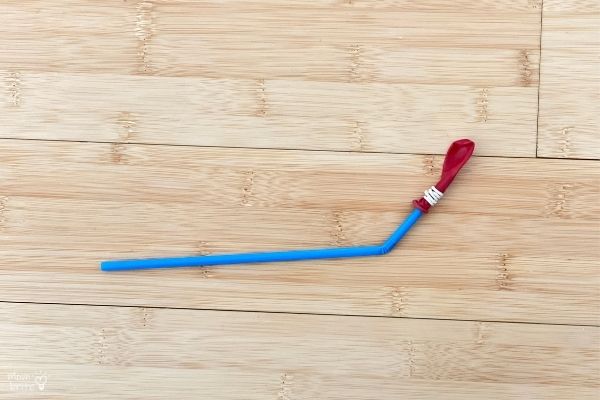
8. Push both straws through the holes of the balloon.
9. Set the heart model in a tray to catch the “blood.” Make sure to bend the straws downward to avoid projectile blood!
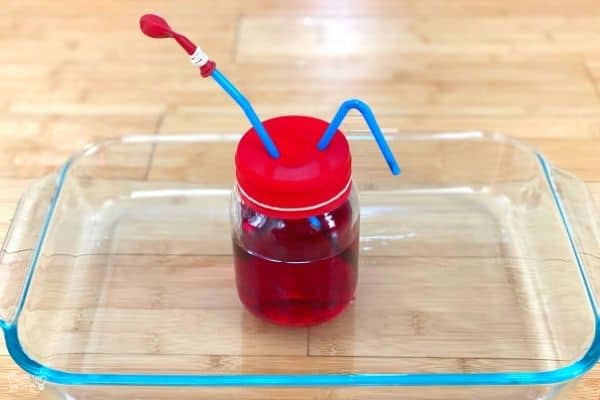
10. Gently press the center of the stretched balloon to pump the blood out of the jar.
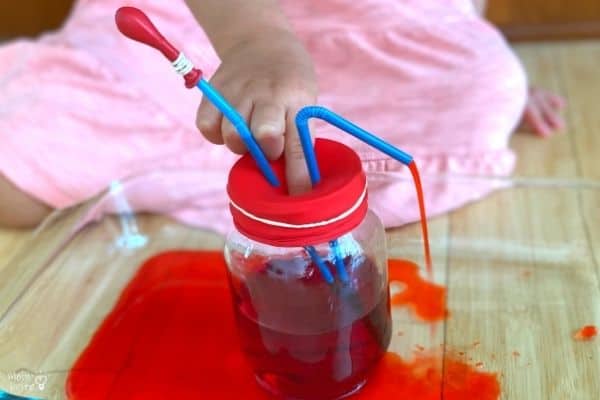
How the Pumping Heart Model Work
Our hearts are made out of the left chambers and right chambers. The top chambers are called the atrium, which fills with the blood returning to the heart from the body and lungs. The bottom chambers are the ventricles, which squeeze and pump blood out of the heart.
Each chamber also has valves that control the flow of the blood. When the valves open up, the blood flows from the atrium to the ventricle and out of the heart. The valves prevent the blood from flowing backward from the ventricle to the atrium.
In the heart model, the mason jar is already filled with blood. When you press down on the balloon, or the muscle of the heart, blood squirts out.
The small water balloon acts as a valve and keeps the blood flowing in the right direction. If you remove the balloon, you will find that while water still comes out of the straw, the water remaining in the straw also flows back into the jar after you release the tension on the balloon.
How Do You Check Your Heart for Pumping?
Now that you have built the beating heart model and showed your kids how a human heart works, it’s time to check on your own hearts!
To ensure that your heart is pumping properly, you can check your own heart rate and rhythm. Heart rate is the number of times your heart beats in 1 minute.
Begin by placing your index and middle finger on the inner wrist of the other arm, just below the base of the thumb. You may not be able to feel the pulse immediately and may need to shift your fingers until you feel a tapping against your fingers.
After you find your pulse, count the number of taps you feel in 10 seconds. Then simply multiply that number by 6 to calculate your heart rate per minute.
You also want to pay attention to whether or not your heart is pumping at a steady rhythm. If it feels like your heart is skipping a beat, or beating too fast or too slow, you may want to contact a medical professional for advice.
For more fun human anatomy activities, check out:
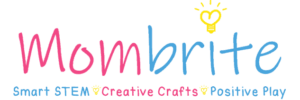
Hi! The jar represents the heart or one of the chambers? Also, the other straw without the balloon is the what?
thank you so much in advanced!
Hi! The jar represents one of the chambers. The other straw is one of the valves in the hear that stop the water from going back down the straw.
I think you have a typo in your post. To calculate the heart rate per minute, (using 10 seconds of beats) wouldn’t you multiply by 6, not ten?
Good catch! Thank you for pointing that out. I corrected it.
thanks